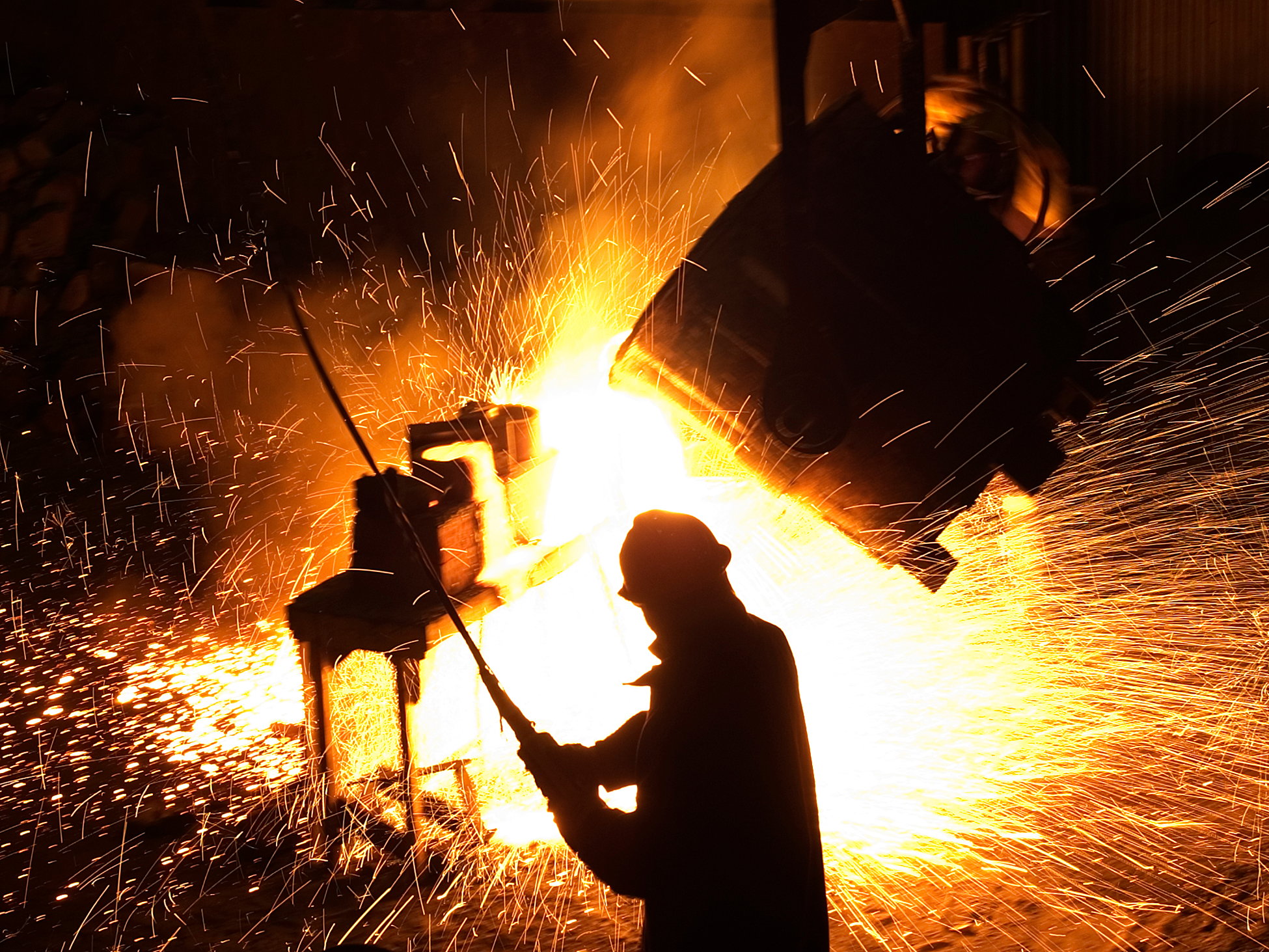Every day, Wall Street analysts upgrade some stocks, downgrade others, and "initiate coverage" on a few more. But do these analysts even know what they're talking about? Today, we're taking one high-profile Wall Street pick and putting it under the microscope...
Has there ever been a more surprising turnaround story than Cleveland-Cliffs (CLF +0.58%)?
Once a bifurcated coal and iron miner known as Cliffs Natural Resources, folks began writing Cleveland-Cliffs' obituary in 2012 after President Obama was elected to his second term -- an apparent death knell to anyone involved in the coal industry. Three years later, the predictions seemed to be coming true, and analysts opined about whether Cleveland-Cliffs could even survive to the end of Obama's term. Within only a few short months, the stock would bottom out. But fast-forward a few years years, and what do we see today?
Cleveland-Cliffs has sextupled off of its January 2016 lows, and gained more than 40% over the past year alone. Today, analysts at Citigroup are predicting the stock has even more room to run.
Here's what you need to know.

Cleveland-Cliffs produces the ore that feeds America's steel industry -- and Cleveland-Cliffs stock is red hot. Image source: Getty Images.
Getting out of coal
The story of Cleveland-Cliffs' turnaround begins in its darkest days, in 2015, when the company saw the writing on the wall and sold out of the coal business entirely. Refocusing its efforts on iron ore extraction and supplying that element to the steel industry, Cleveland-Cliffs began growing again, in 2016 posting its first year of revenue growth since 2011 -- and a GAAP profit to boot. Profits proceeded to double in 2017, to $367 million (not bad for a company with only $2.5 billion in market cap).
True, in the first quarter of 2018, Cleveland-Cliffs posted a loss, but as my fellow Fool.com contributor Tyler Crowe pointed out at the time, only because management elected to "shut down unprofitable assets" and focus on quality. Despite the loss, Cleveland-Cliffs booked "better-than-expected" prices for its iron ore pellets and earned better EBITDA than in the prior year's first quarter, "despite only recording about half the sales volumes."
Closing out its report, management promised investors "very strong results for Cleveland-Cliffs in 2018."
Upgrading Cleveland-Cliffs
Analysts at Citigroup are taking that promise to heart, upgrading shares of Cleveland-Cliffs stock to buy this morning.
As the analyst explains in a note covered on StreetInsider.com, Cleveland-Cliffs "has significant logistical, quality and cost advantages [over other iron suppliers] when it comes to providing high quality iron to steel mills in an improved domestic market." Cleveland-Cliffs is "the only major independent supplier of iron ore pellets to the domestic market" and it has secured its revenue stream with sales "under longer-term, partially fixed pricing contracts."
Weighing the alternatives
Investors have multiple avenues to bet on the U.S. steel industry benefiting from the new Trump tariffs. One might invest in a steel minimill operator like Nucor or Steel Dynamics, for example, or in an integrated steel manufacturer such as U.S. Steel. In Citigroup's opinion, however, Cleveland-Cliffs stock offers greater "leverage to steel price than" minimill producers, and it earns "better margins than integrateds."
Last year, Cleveland-Cliffs earned an operating profit margin of 17.6% -- four times better than U.S. Steel's 4.2% margin, and higher than the margins at Nucor and Steel Dynamics as well.
A word to the wise
Even assuming for the moment, though, that Citigroup is right about Cleveland-Cliffs being a better investment than the steel producers who use its product, does that mean Cleveland-Cliffs is itself a good investment, period?
That depends on how you look at the numbers.
Based on trailing-12-month results, the $311 million in GAAP profit that Cleveland-Cliffs earned over the past year gives the stock about a 7.9 P/E ratio relative to its $2.5 billion market capitalization. Factor in about $1.6 billion in net debt, however, and the company's enterprise value rises to $4 billion, and its debt-adjusted P/E to 13.
That's not an obviously high price. In might even be cheap enough to tempt some investors to buy -- after all, the average stock on the S&P 500 today costs closer to 25 times earnings. Still, before you decide to buy Cleveland-Cliffs, two things need to be considered. First, Citigroup is a bit of an outlier in recommending Cleveland-Cliffs today, after its multiyear run-up in price. Most analysts who follow the stock believe that Cleveland-Cliffs' earnings will peak this year and slowly decline through at least 2020, according to S&P Global Market Intelligence. The company's free cash flow has already begun to weaken, in fact, falling from $234 million in 2016 to $186 million last year, to just $25 million in cash profit generated over the last 12 months.
Don't get me wrong -- I'm as impressed as anyone with the turnaround in Cleveland-Cliffs, and applaud management's success in stabilizing the business. Still, if those estimates come to pass -- and if the trend in free cash flow begins bleeding into GAAP earnings results -- it could turn out that Citigroup is recommending you buy Cleveland-Cliffs stock at exactly the wrong point in time in its business cycle.
Don't say you weren't warned.






